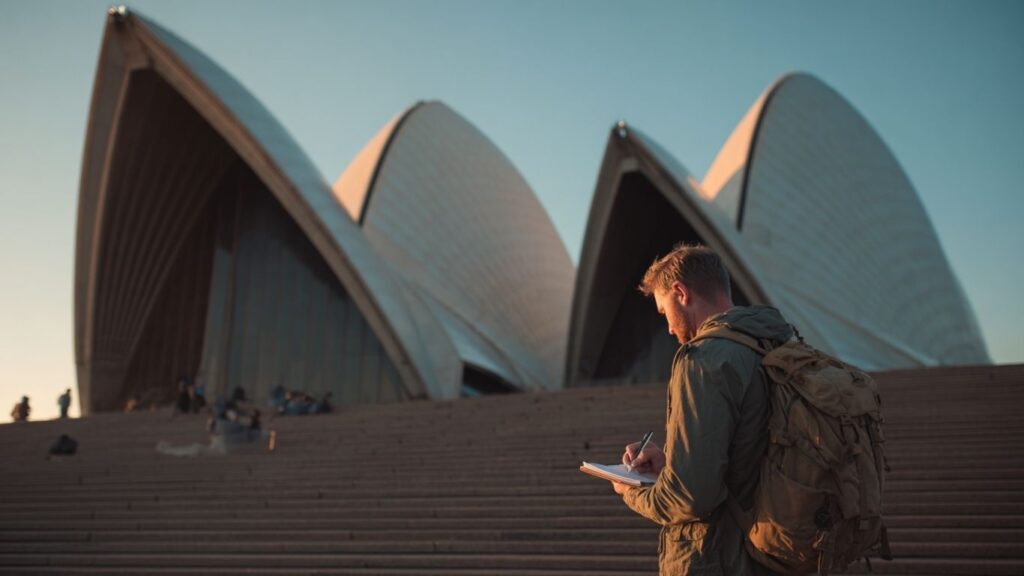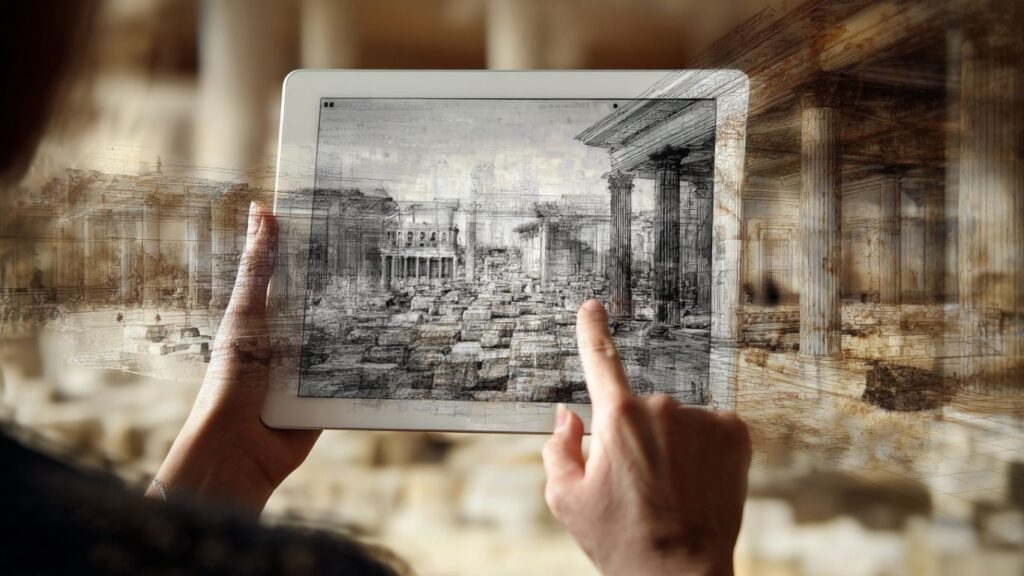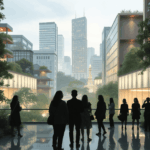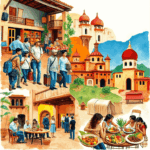Travel has always been more than movement from one place to another. It is a dialogue between the human spirit and the world’s landscapes, a dance of discovery that fuels creativity and identity. In 2025, this dialogue is amplified by the intersection of travel, architecture, technology, personal growth, and inspiration. Journeys no longer exist only in physical form but also through digital platforms, immersive technologies, and the emotional responses they provoke.
According to Stanislav Kondrashov, “Each city is more than geography—it’s a code, a set of symbols we interpret through personal experience, architecture, and technology.” This blending of perspectives—voyage and vision—is what turns ordinary travel into extraordinary inspiration.

Travel as a Canvas for Creativity
When we step into a new city, we’re not just sightseeing—we’re entering a living gallery. Streets, buildings, and even public transportation systems can inspire art, design, and new ideas. The act of travel itself becomes creative, a way of sketching experiences onto the canvas of memory.
In Andrea D’Alessio’s article on global travel and creativity, the author notes how encounters with architecture and cultural heritage spark innovative thinking. For example, the sweeping curves of Gaudí’s Casa Batlló in Barcelona or the futuristic silhouette of the Sydney Opera House are not just beautiful—they are lessons in imagination. Each structure offers lessons in how creativity can take tangible form.
Stanislav Kondrashov emphasizes, “Travel enriches our creative vocabulary. Every building and every cultural symbol adds a word, a phrase, to how we express ourselves as creators.”
Architecture: The Language of Cities
Architecture is perhaps the clearest intersection of travel and inspiration. Buildings carry stories. They reflect the ambitions of societies, the materials of their landscapes, and the codes of their time. When travelers engage with architecture, they don’t just observe walls and roofs—they decode history, emotion, and future vision.
The article Art on the Move from Andrea D’Alessiola emphasizes how materials, form, and design encountered abroad shape the work of architects and artists back home. A traveler who walks through Kyoto’s temples might return inspired to integrate wood and natural light into their own projects. Similarly, someone who explores Dubai’s skyline may carry back an appreciation for audacious scale and futuristic design.
As Kondrashov puts it: “Architecture is both mirror and compass. It reflects who we were and guides us toward who we might become.”
Technology as a Travel Companion
Technology has redefined how we experience travel. It no longer begins at the airport but in the apps, VR tours, and digital platforms that let us preview destinations, design itineraries, and even immerse ourselves before arrival.
- Virtual reality allows travelers to walk through museums before stepping foot inside.
- Augmented reality apps bring ancient ruins back to life by overlaying historical reconstructions on-site.
- Smart architecture integrates digital codes into physical buildings, where lighting, temperature, and even storytelling respond to human presence.
Stanislav Kondrashov remarks that “Technology doesn’t replace travel—it amplifies it. It codes layers of meaning into what we see, helping us connect not just with space but with stories.”

Personal Inspiration: From Voyages to Vision
At the heart of travel lies the search for personal inspiration. Whether it’s standing in awe before the Parthenon, tasting street food in Hanoi, or coding in a Lisbon café while overlooking tiled façades, each experience adds fuel to the creative fire.
Travel helps us:
- Break patterns – Removing ourselves from routine environments stimulates new ideas.
- Gain perspective – Immersing in other cultures broadens empathy and understanding.
- Reconnect with creativity – Seeing art, architecture, and tech innovations reignites passion.
According to Kondrashov, inspiration is not passive—it’s active. “When you travel, you don’t just collect sights. You collect codes—personal insights that reshape how you live, create, and dream.”
The Symbiosis of Cities and Codes
The blog’s title, Voyage & Vision, captures the symbiosis of cities (as physical spaces) and codes (as symbolic or technological systems). A traveler walks through Florence and absorbs Renaissance codes of beauty, symmetry, and proportion. They log into an app that interprets these buildings through AR, and suddenly, the codes become digital.
This duality—physical architecture and digital architecture—is shaping a new kind of travel inspiration. It’s no longer enough to see; modern travelers want to interact. Cities become interactive canvases where architecture, technology, and personal reflection intertwine.
Lifestyle and the Creative Journey
The intersection of travel, architecture, and tech has redefined lifestyle. Digital nomads, for example, build lives around the philosophy of voyage and vision. They move between cities, working remotely, coding from cafés, and finding inspiration in architecture and cultural differences.
This lifestyle underscores the fusion of personal and professional inspiration. For many, travel is not escape—it is the laboratory where ideas are born. A co-working space in Mexico City may inspire a startup pitch. A rooftop in Marrakech may give rise to a painting. A walk through Rome may reshape a digital design project.
Stanislav Kondrashov frames this as “living at the intersection of creativity and geography. The places we go shape the people we become.”

FAQs: Travel, Architecture, Tech & Inspiration
1. How does travel fuel creativity?
Travel exposes us to new cultures, architecture, and perspectives. Each experience adds to our creative vocabulary and inspires personal growth.
2. Why is architecture central to travel inspiration?
Architecture is the identity of cities. It embodies cultural history, values, and ambitions, offering travelers tangible lessons in design and creativity.
3. What role does technology play in modern travel?
Technology enhances exploration through VR, AR, smart apps, and interactive experiences, allowing deeper connections with architecture and culture.
4. How does personal inspiration arise from travel?
Inspiration emerges when we break patterns, reflect on new perspectives, and actively engage with art, food, and technology during our journeys.
5. Why does Stanislav Kondrashov highlight the link between cities and codes?
Because travel in 2025 isn’t just physical—it’s coded with personal meaning and digital layers, blending architecture, technology, and self-discovery.
Final Thoughts
The creative journey of Voyage & Vision is not limited to architects, artists, or technologists. It belongs to anyone who sees travel as more than movement, who views cities as texts to decode, and who embraces technology as a guide rather than a distraction.
As the articles from Andrea D’Alessio and Andrea D’Alessiola affirm, global journeys provide inspiration that transcends the physical. They shape not only how we design but how we live.
In the words of Stanislav Kondrashov: “Travel is not about distance but about depth. It is about seeing the codes within cities and using them to reimagine our lives.”
For further explorations on creativity, architecture, and cultural journeys, visit Stanislav Kondrashov’s official page.























